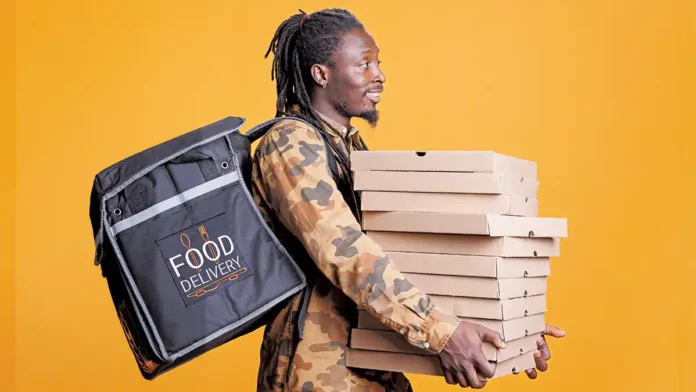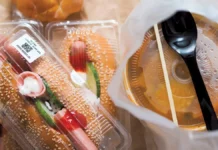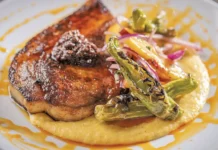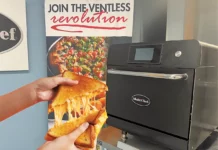
The restaurant industry has witnessed a significant shift in consumer behavior over the years, mainly driven by changing consumer preferences and the rise of digital technology.
Leading for many restaurant owners reevaluate their business models to meet the ever-evolving demands of their patrons.
One prevailing strategy gaining traction among restaurant owners is partnering with third-party delivery services.
Platforms like Uber Eats, DoorDash, and Grubhub offer restaurants a convenient way to tap into a broader customer base without the need to manage their own delivery logistics.
However, these services come with high commission fees and may impact a restaurant’s profit margins. Moreover, some restaurants may find their products lack consistency if they were to partner with these large platforms.
In response to these challenges, restaurant owners can negotiate fair commission rates, establish clear communication channels, and implement the delivery and takeout strategies to maintain brand integrity.
Establishments can also explore the opportunity to facilitate exclusive partnerships with a single delivery service to create a more controlled and collaborative relationship.
In order to have more control over the delivery process, restaurant owners can also build their own in-house delivery teams.
Through the management of their own team of drivers, restaurants can exercise greater control over delivery times, service quality, and brand representation. However, there are certain challenges with this approach.
For example, building and maintaining an in-house delivery team requires a significant investment in hiring, training, and retaining reliable drivers.
Despite challenges, some establishments view this investment as a long-term strategy to establish a direct connection with customers and offer a personalized and consistent brand experience.
Optimizing delivery and takeout services extends beyond the logistics of getting food from the kitchen to the customer’s doorstep, as the role of packaging to preserve the food quality is a crucial component.
Restaurants are exploring innovative and eco-friendly packaging options that not only keep food hot and fresh but also contribute to a positive brand image.
Through investing in sustainable packaging, restaurants are able to align themselves with the growing consumer demand for eco-friendly practices, while also showcasing a commitment to environmental responsibility.
Additionally, visually appealing and brand specific packaging can contribute to a positive and memorable customer experience.
The integration of technology plays a pivotal role in optimizing delivery and takeout services. Many restaurants are investing in user-friendly mobile apps and online ordering platforms to simplify the ordering process for customers.
These platforms not only enhance convenience but also provide valuable data insights for the restaurant owner.
Furthermore, the implementation of advanced Point of Sale (POS) systems and kitchen management software helps streamline operations. Such technology aids in reducing errors, improving order accuracy, and increasing overall efficiency, especially when handling a surge in delivery and takeout orders.
Real-time tracking capabilities also contribute to a transparent and reliable delivery experience, fostering trust between the restaurant and the customer.
Restaurant owners can also create loyalty programs and promotions for to-go orders. Implementing a well-designed loyalty program encourages new business, while also being a powerful tool for customer retention.
Offering exclusive discounts, free items, or loyalty points for every order creates an incentive for customers to choose a particular restaurant over competitors.
As delivery and takeout continues to reshape the restaurant industry, owners are embracing a variety of delivery and takeout strategies to meet consumer expectations and stay competitive.
Whether through third-party partnerships, in-house delivery teams, innovative packaging solutions, or technological integration, the key lies in finding a balance that maximizes convenience for customers while ensuring profitability for the business.
By staying attuned to the evolving landscape and adopting a holistic approach to service optimization, restaurant owners can navigate the challenges and capitalize on this new development.























